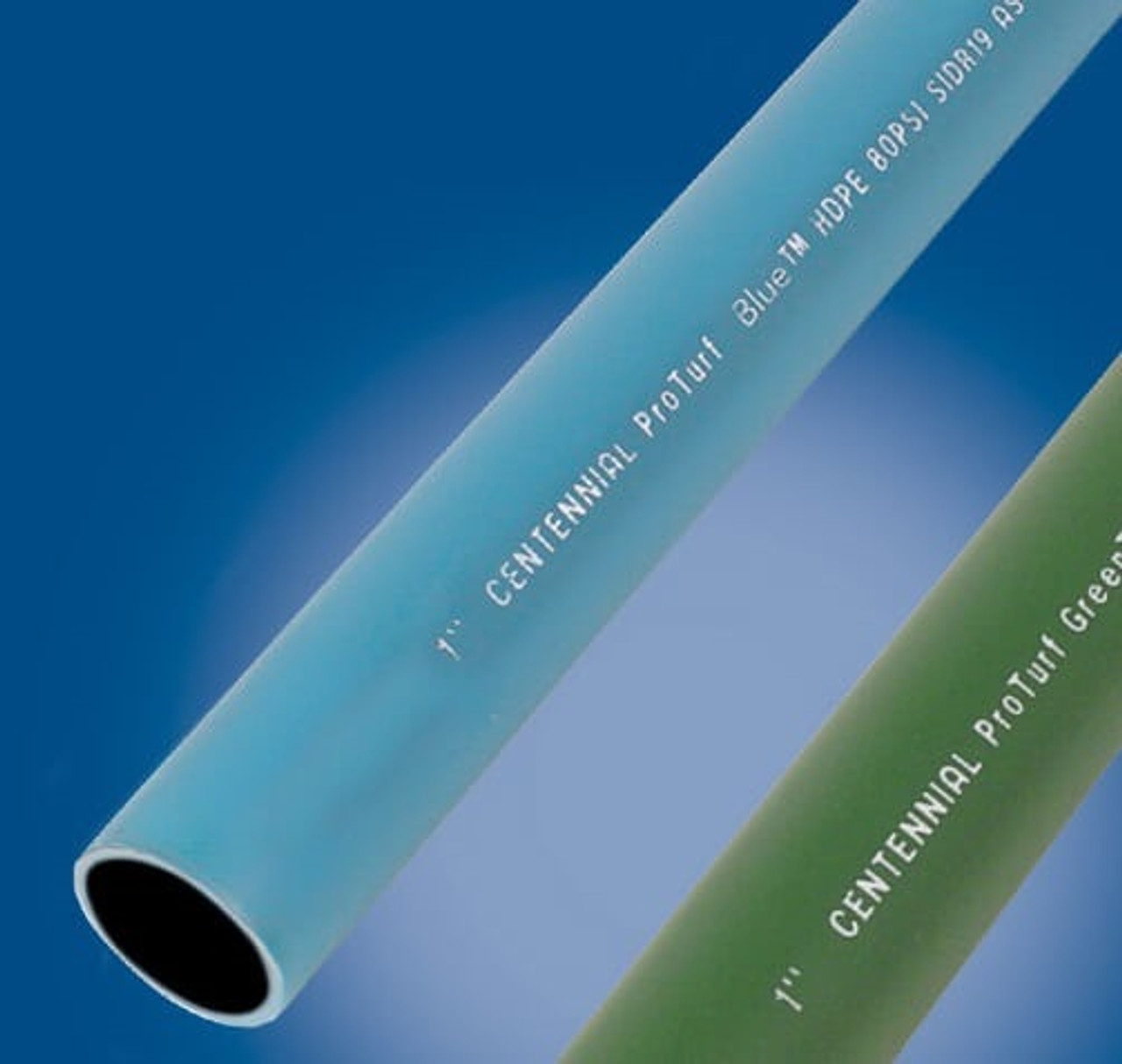The Role of Pipe Manufacturing Midland TX in Supporting Industry Growth
Wiki Article
Understanding the Key Benefits of HDPE Pipe for Water and Wastewater Monitoring
The usage of HDPE pipe in water and wastewater administration provides various benefits that warrant factor to consider. Its extraordinary durability and long life expectancy make it a preferred option for several jobs. Furthermore, the material's resistance to deterioration and chemical damages boosts its reliability in different environments. Nevertheless, the advantages prolong past just durability and resistance. Discovering its cost-effectiveness and environmental influence discloses much more engaging factors for its prevalent fostering in modern-day infrastructurePhenomenal Toughness and Durability

HDPE pipe stands out for its remarkable sturdiness and durability, making it a recommended option in water management systems. Created from high-density polyethylene, these pipelines can stand up to considerable stress and stress and anxiety, ensuring reliable performance with time. Their durable nature enables them to endure extreme environmental conditions, consisting of temperature variations and dirt movements, which can trigger various other materials to stop working.
The life-span of HDPE pipelines frequently surpasses half a century, providing an economical remedy for municipalities and industries alike. In addition, the product's light-weight buildings simplify installation, lowering labor prices and timeframes. This longevity lessens the demand for frequent repair work or replacements, even more boosting its financial charm.
In water administration applications, the reliability of HDPE pipes suggests less disturbances and improved service continuity, making them integral to sustainable infrastructure development. The combination of durability and durability strengthens HDPE's function as a foundation in effective water monitoring options.

Resistance to Rust and Chemical Damages
While many products catch corrosion and chemical damage over time, HDPE pipes show exceptional resistance, making them excellent for different water administration applications. This strength stems from the molecular framework of high-density polyethylene, which is naturally non-reactive and does not wear away like steels or degrade from direct exposure to harsh chemicals. Because of this, HDPE is very reliable in settings with hostile compounds, such as wastewater systems that might contain acids, bases, and organic solvents.
In addition, HDPE pipes can withstand environmental variables such as dirt level of acidity and saline conditions, even more improving their suitability for varied applications (hdpe pipe in stock Midland TX). Their capability to maintain architectural stability gradually lowers the threat of leakages and failures, which is vital in ensuring the security and integrity of water circulation and wastewater management systems. As a result, the resistance to rust and chemical damage significantly adds to the overall effectiveness and longevity of HDPE piping options
Cost-Effectiveness and Economic Benefits
When taking into consideration the monetary effects of water administration systems, the cost-effectiveness of HDPE pipelines comes to be noticeable. These pipes offer lower setup and maintenance costs contrasted to conventional products like steel or concrete. Their lightweight nature streamlines transportation and installation, resulting in lowered labor expenses. Furthermore, HDPE pipes display a long lifespan, typically exceeding 50 years, which equates to less replacements and lasting financial savings.The resistance of HDPE to corrosion and chemical damage lessens the need for costly repair work and replacements. The pipelines also support reliable water circulation, minimizing energy prices connected with pumping systems. By minimizing leaks and water loss, like it HDPE pipes add to considerable economic advantages for municipalities and industries alike. Generally, the initial financial investment in HDPE piping can yield considerable financial returns over the life expectancy of the water administration system, making it a sensible choice for lasting framework growth.
Ecological Sustainability and Decreased Effect

Convenience and Adaptability in Setup
Due to the fact that of their special homes, HDPE pipelines supply amazing flexibility and versatility in installation, making them suitable for a variety of applications. Their light-weight nature enables less complicated handling and transport, reducing labor expenses and setup time. HDPE pipes can be bent and formed to fit different surfaces and task demands, which is especially advantageous in challenging settings.In addition, their resistance to deterioration and chemical damages permits installation in varied settings without the demand for specialized safety coverings. The capacity to fuse joints develops a continual, leak-free system, boosting the general stability and integrity of the installment. HDPE's versatility also suits ground motion, lowering the danger of damages in locations prone to shifting dirt. Overall, these attributes make HDPE pipes not just versatile but additionally a favored option for water and wastewater management systems.
Often Asked Questions
How Does HDPE Pipe Compare to PVC in Water Management Applications?
HDPE pipe offers remarkable flexibility, resistance to deterioration, and longevity compared to PVC. Its lighter weight helps with simpler installation, while its long life-span lowers replacement costs, making HDPE a favored choice in water read more administration applications.What Is the Life-span of HDPE Piping Under Regular Conditions?
Under common problems, HDPE pipelines can have a lifespan varying from find 50 to 100 years. Their toughness and resistance to deterioration contribute to their long-lasting efficiency in various applications, making them a reliable option for facilities.Are HDPE Water Lines Recyclable After Their Service Life?
Yes, HDPE pipes are recyclable after their service life. American Plastics HDPE Pipe Manufacturing. They can be processed and repurposed right into brand-new items, greatly minimizing environmental influence and advertising sustainability within the market, making them a green selection for piping optionsWhat Is the Installment Refine for HDPE Pipes?
The installation process for HDPE pipelines includes site preparation, trenching, pipe blend or mechanical signing up with, backfilling, and stress testing. Correct methods assure a durable and reliable system for moving water and wastewater efficiently.Can HDPE Pipes Be Made Use Of for Both Safe And Clean and Non-Potable Water Equipments?
Yes, HDPE pipes can be made use of for both safe and clean and non-potable water systems. Their versatility, toughness, and resistance to deterioration make them suitable for numerous applications, guaranteeing safe and effective transportation of water in different contexts.Report this wiki page